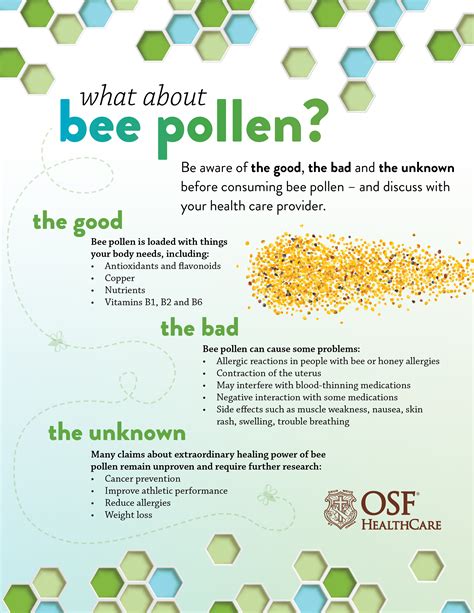The allure of the Pacific Coast Highway, also known as Highway 1, has captivated the hearts of many adventure-seekers. Stretching over 655 miles, this scenic route offers breathtaking views of the California coastline, quaint towns, and picturesque villages. However, a stress-free drive along this stunning route requires more than just a sense of adventure. To ensure a memorable and enjoyable journey, it’s essential to be equipped with insider knowledge and expert tips.
One of the most critical aspects of planning a successful Highway 1 road trip is understanding the importance of flexibility. The Pacific Coast Highway is known for its unpredictable weather conditions, road closures, and construction delays. It’s not uncommon for a stretch of the highway to be closed due to landslides or maintenance, which can significantly impact your travel plans. To mitigate these risks, it’s crucial to stay up-to-date with the latest traffic and weather updates. The California Department of Transportation (Caltrans) provides real-time information on road conditions, which can be accessed through their website or mobile app.
Another critical factor to consider is the impact of traffic on your journey. The Highway 1 route passes through numerous popular tourist destinations, which can lead to congested roads and lengthy delays. To avoid the chaos, consider traveling during the off-season or opting for early morning departures. Additionally, be mindful of peak tourist hours, usually between 11 am and 3 pm, when popular attractions and viewpoints are most crowded.
When it comes to accommodations, the Pacific Coast Highway offers a diverse range of options, from cozy bed-and-breakfasts to luxurious resorts. However, it’s essential to book your lodgings well in advance, particularly during peak travel seasons. Consider staying in lesser-known towns or villages, which can provide a more authentic and peaceful experience.
For those who crave a more immersive experience, the Pacific Coast Highway offers a plethora of outdoor activities, including hiking, camping, and water sports. The Big Sur region, in particular, is renowned for its rugged landscape and scenic hiking trails. The Ventana Wilderness, located within the Los Padres National Forest, offers a range of trails for all skill levels, from leisurely strolls to more challenging backpacking trips.
As you embark on your Highway 1 adventure, it’s essential to prioritize your safety and well-being. The Pacific Coast Highway is known for its narrow and winding roads, which can be hazardous, especially for inexperienced drivers. To minimize risks, ensure your vehicle is in good condition, and consider investing in a roadside emergency kit. Additionally, be mindful of your physical and mental health, taking regular breaks to rest and recharge.
Advanced Trip Planning Strategies
To elevate your Highway 1 experience, consider incorporating advanced trip planning strategies into your itinerary. One approach is to focus on thematic travel, where you tailor your journey around specific interests, such as food, wine, or outdoor adventures. This can help you create a more cohesive and engaging experience, as you explore the region’s hidden gems and local secrets.
Another strategy is to leverage local knowledge and insider tips, which can be gleaned from online forums, travel blogs, and social media platforms. The Pacific Coast Highway has a dedicated community of travelers and locals, who share their expertise and recommendations on the best places to eat, drink, and explore.
For a truly immersive experience, consider participating in local events and festivals, which showcase the region's unique culture and heritage. The Monterey Jazz Festival, for example, is a world-renowned event that celebrates the art of jazz music, while the Santa Barbara Wine Festival highlights the region's exceptional wine production.
Essential Items to Pack
As you prepare for your Highway 1 adventure, it’s crucial to pack the right gear and essentials. Here are some must-haves to include in your luggage:
- A reliable vehicle with a full tank of gas
- A roadside emergency kit with basic tools and spare tires
- Comfortable clothing and shoes for outdoor activities
- A camera to capture the stunning scenery and memories
- A portable charger and power bank for your devices
- Snacks and water to keep you hydrated and energized
- A map or GPS device to navigate the route
- A first-aid kit and basic medications
Practical Tips for a Stress-Free Drive
To ensure a stress-free drive along the Pacific Coast Highway, consider the following practical tips:
- Start your day early to avoid traffic and congestion
- Take regular breaks to rest and recharge
- Keep your vehicle in good condition, with regular maintenance and checks
- Be mindful of your physical and mental health, taking time to relax and unwind
- Stay informed about road conditions and weather updates
- Be respectful of local communities and environments, following rules and regulations
Scenic Stops and Hidden Gems
The Pacific Coast Highway is renowned for its breathtaking scenery and picturesque viewpoints. Here are some must-visit stops and hidden gems to include in your itinerary:
- Bixby Bridge: An iconic bridge with stunning views of the coastline
- McWay Falls: A scenic waterfall that drops 80 feet onto the beach
- Pfeiffer Beach: A picturesque beach with unique purple sand and rock formations
- Big Sur: A rugged and scenic region with hiking trails and stunning views
- Cannery Row: A historic waterfront district in Monterey, made famous by John Steinbeck’s novel
What is the best time to visit the Pacific Coast Highway?
+The best time to visit the Pacific Coast Highway is from September to November or from March to May, when the weather is mild and the crowds are smaller.
How long does it take to drive the Pacific Coast Highway?
+The driving time for the Pacific Coast Highway can vary depending on your starting and ending points, as well as your travel pace. However, it's recommended to allocate at least 5-7 days to complete the journey and enjoy the scenic stops and attractions.
What are the must-visit attractions on the Pacific Coast Highway?
+Some of the must-visit attractions on the Pacific Coast Highway include Big Sur, Monterey, Carmel, and Santa Barbara. Additionally, be sure to stop at scenic viewpoints, beaches, and hiking trails, such as Bixby Bridge, McWay Falls, and Pfeiffer Beach.
As you embark on your Highway 1 adventure, remember to stay flexible, be open to new experiences, and prioritize your safety and well-being. With these expert tips and insider knowledge, you’ll be well on your way to creating a stress-free and unforgettable journey along one of the world’s most iconic routes.



